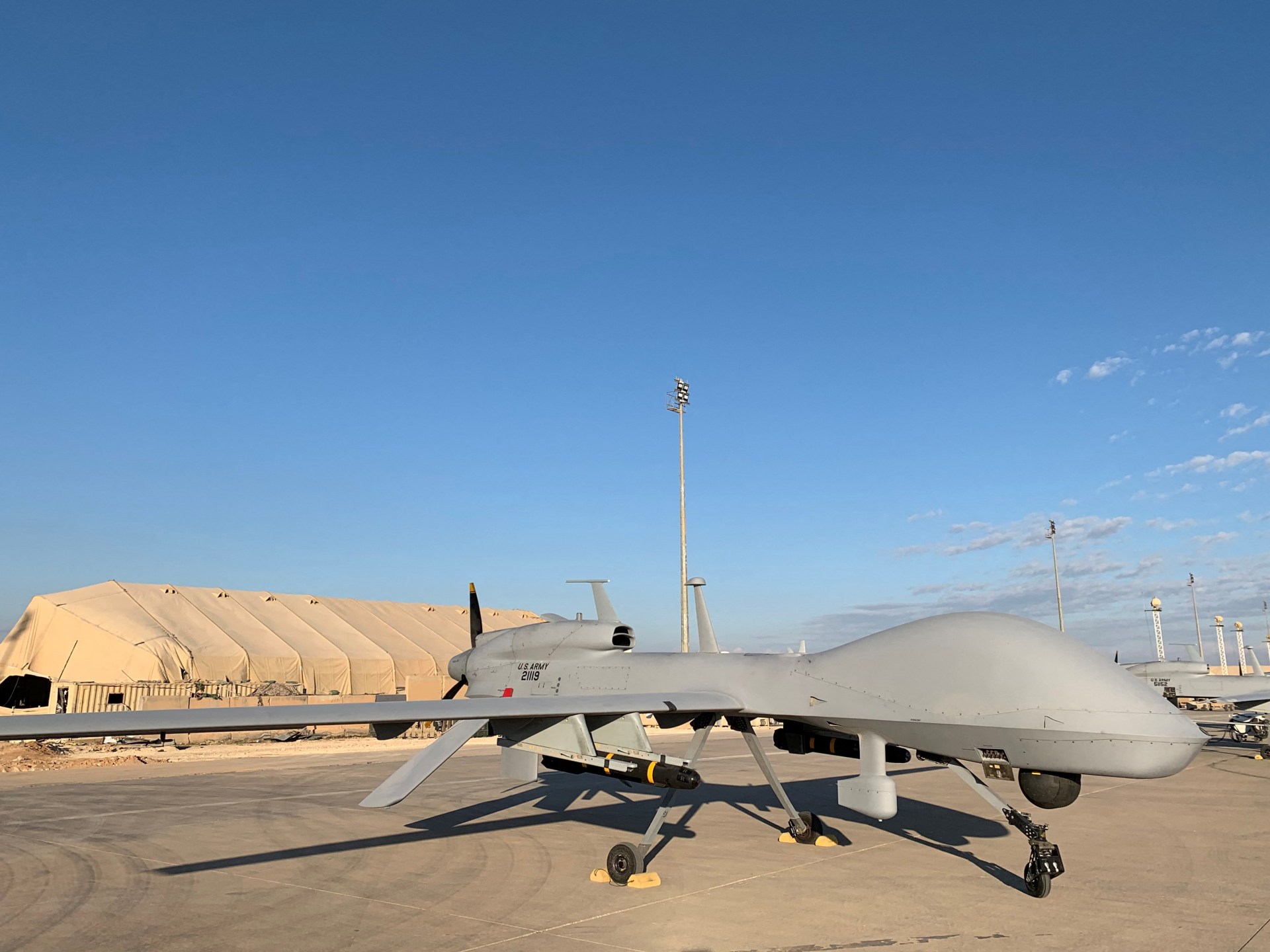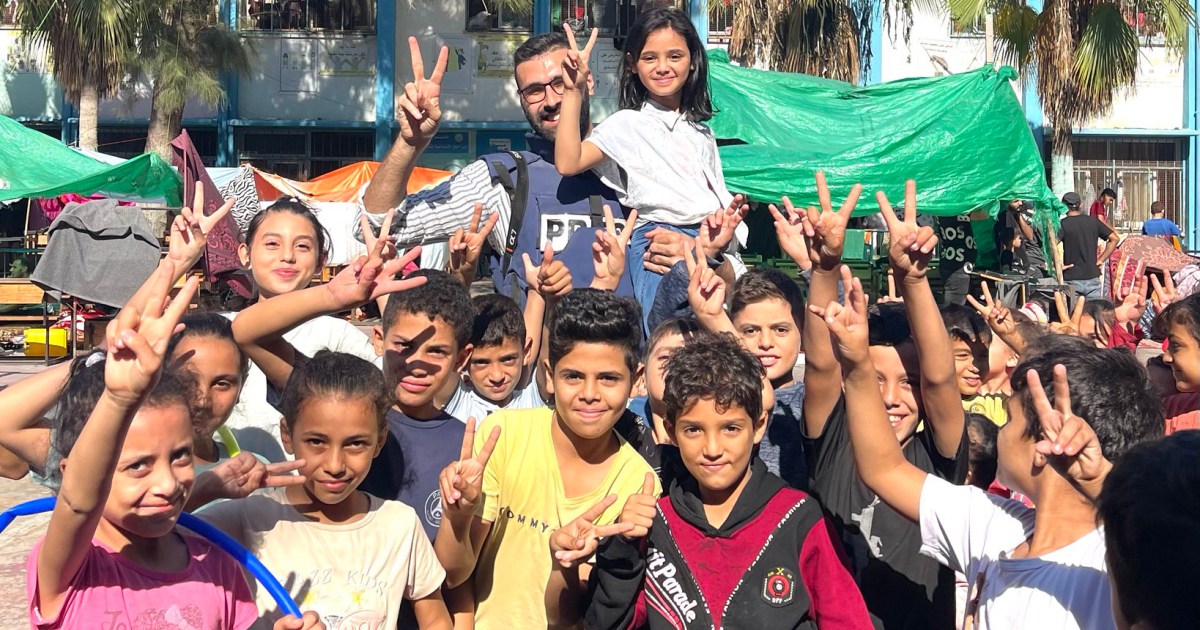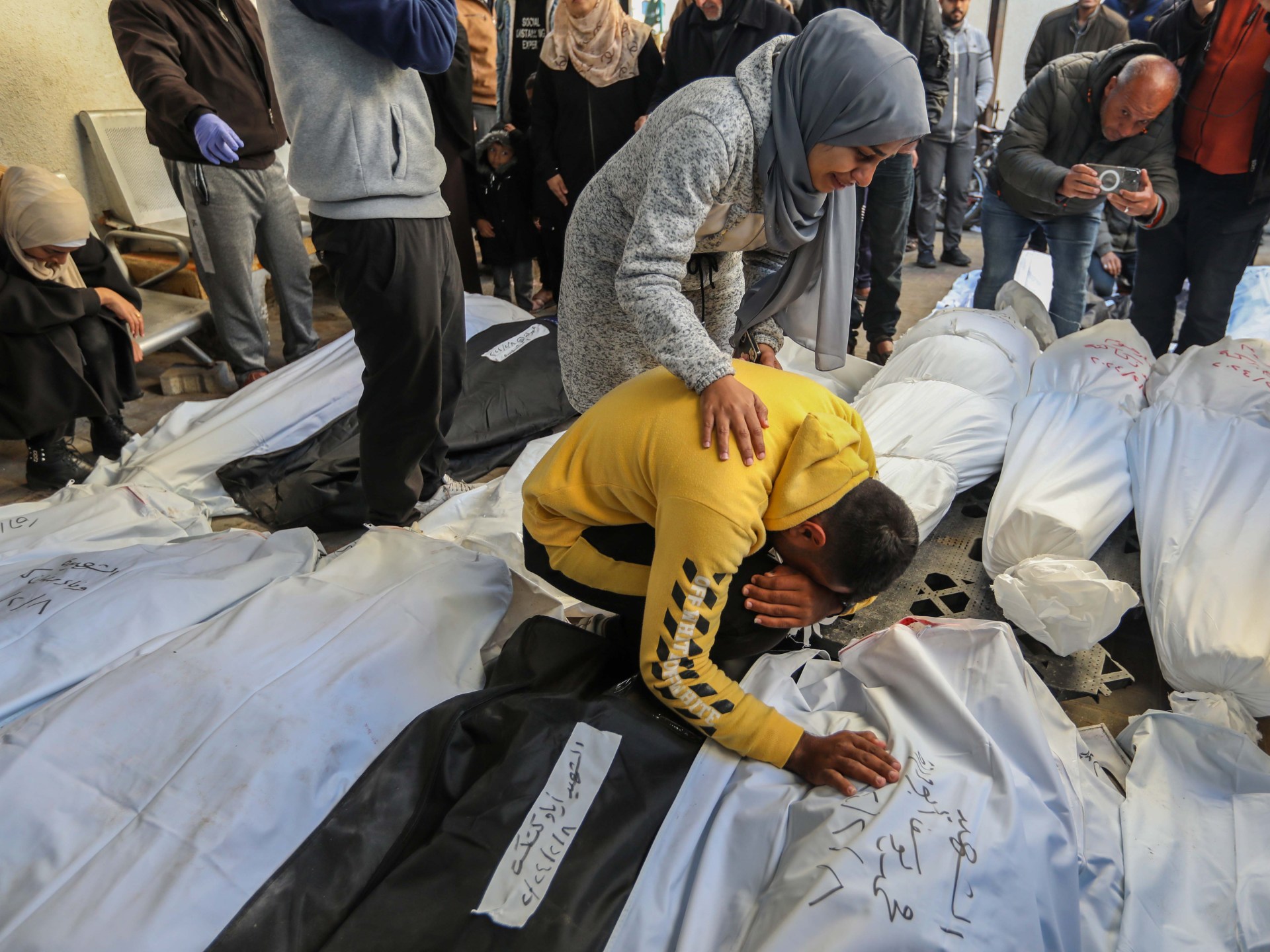
MELBOURNE, Australia (AP) — A Papua New Guinea government official told the United Nations that more than 2,000 people are believed to have been buried alive by Friday’s landslide and formally requested international assistance.
The number of government officials is about three times higher than the UN estimate of 670 deaths from the landslide in the mountainous interior of the South Pacific island nation. So far, only the remains of six people have been recovered.
In a letter dated Sunday to the UN coordinator seen by The Associated Press, the deputy director of the South Pacific island nation’s National Disaster Center, Luseta Laso Mana, said the landslide had “buried more than 2,000 people alive” and caused “great destruction” in the village of Yambali in Enga province.
Casualty estimates have varied considerably since the disaster, and it was not immediately clear how officials determined the number of people affected.
The International Organization for Migration, which is working closely with the government and leading the international response, has not changed its estimate of 670 deaths published on Sunday pending new evidence.
“We cannot dispute the government’s proposals, but we cannot comment on them either,” said Serhan Aktoprak, head of the UN migrant agency’s mission in Papua New Guinea.
“With such a huge project, the number will change over time,” Aktoprak added.
The death toll of 670 is based on calculations by the village authorities of Yambali and Enga province that more than 150 houses were buried by the landslide. The previous estimate was 60 houses.
The office of Papua New Guinea Prime Minister James Marape did not respond to a request for clarification on Monday on what the government’s estimate of 2,000 people was based on. Marape has promised to release information on the extent of the destruction and loss of life as soon as it becomes available.
The extent of the disaster is difficult to determine due to the difficult conditions on the ground, including the remote location of the village, a lack of telecommunications and tribal wars throughout the province. International aid workers and aid convoys therefore require military escorts.
At least 26 tribal warriors and mercenaries, as well as an unconfirmed number of passers-by, were killed in a battle between two rival tribes in Enga in February.
The lack of reliable census data from the national government also makes it difficult to determine the potential death toll.
The government estimates Papua New Guinea’s population at about 10 million people, although a UN study based in part on satellite images of rooftops estimates it could be as high as 17 million by 2022. An accurate census has not been conducted in the country for decades.
The landslide also buried a 200-meter-long section of the province’s main highway under a six- to eight-meter-high layer of rubble, significantly hampering rescue workers.
Mana said the landslide would have a significant economic impact on the entire country.
“The situation remains unstable” due to ground shifts, “posing a continuing threat to both rescue teams and survivors,” Mana wrote to the United Nations.
An excavator donated by a local contractor on Sunday was the first heavy earth-moving equipment to come to the aid of villagers who were digging for bodies with shovels and farm equipment. Working near the still-moving rubble is dangerous.
Mana and Papua New Guinea’s Defence Minister Billy Joseph flew in an Australian military helicopter on Sunday from the capital Port Moresby to Yambali, 600 kilometres northwest, to get a first-hand impression of the needs.
Mana’s office released a photo showing him in Yambali handing a local official a check for 500,000 kina ($130,000) to purchase relief supplies for the 4,000 displaced survivors.
The purpose of the visit was to decide whether the government of Papua New Guinea needs to officially request more international support.
Earthmoving equipment from the Papua New Guinea military was transported to the scene of the accident, 400 kilometers from the east coast city of Lae.
Traumatized villagers are divided over whether to allow heavy machinery to dig up the bodies of their buried relatives and potentially cause further damage, officials said.
___
Associated Press writer Adam Schreck in Bangkok contributed to this report.






Recent Comments